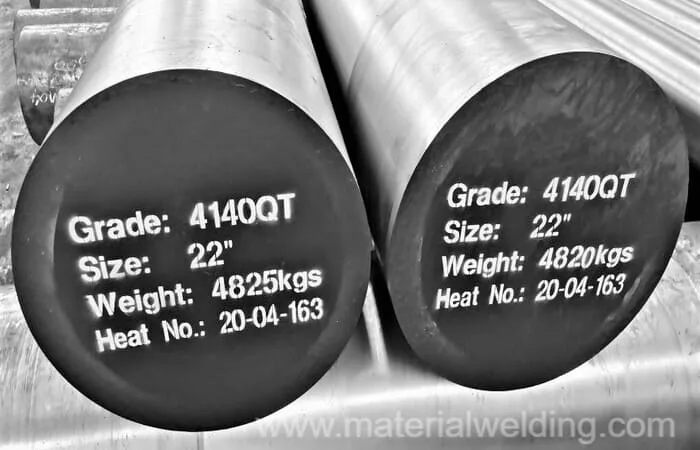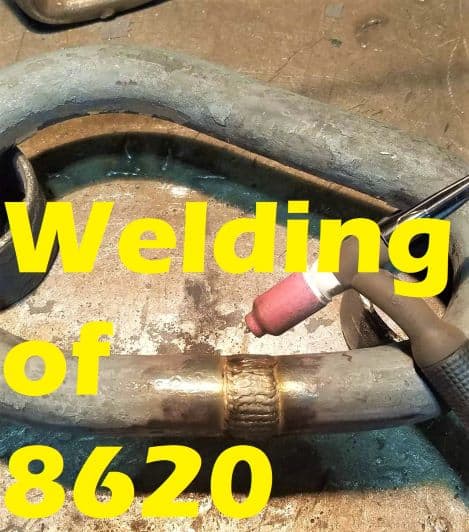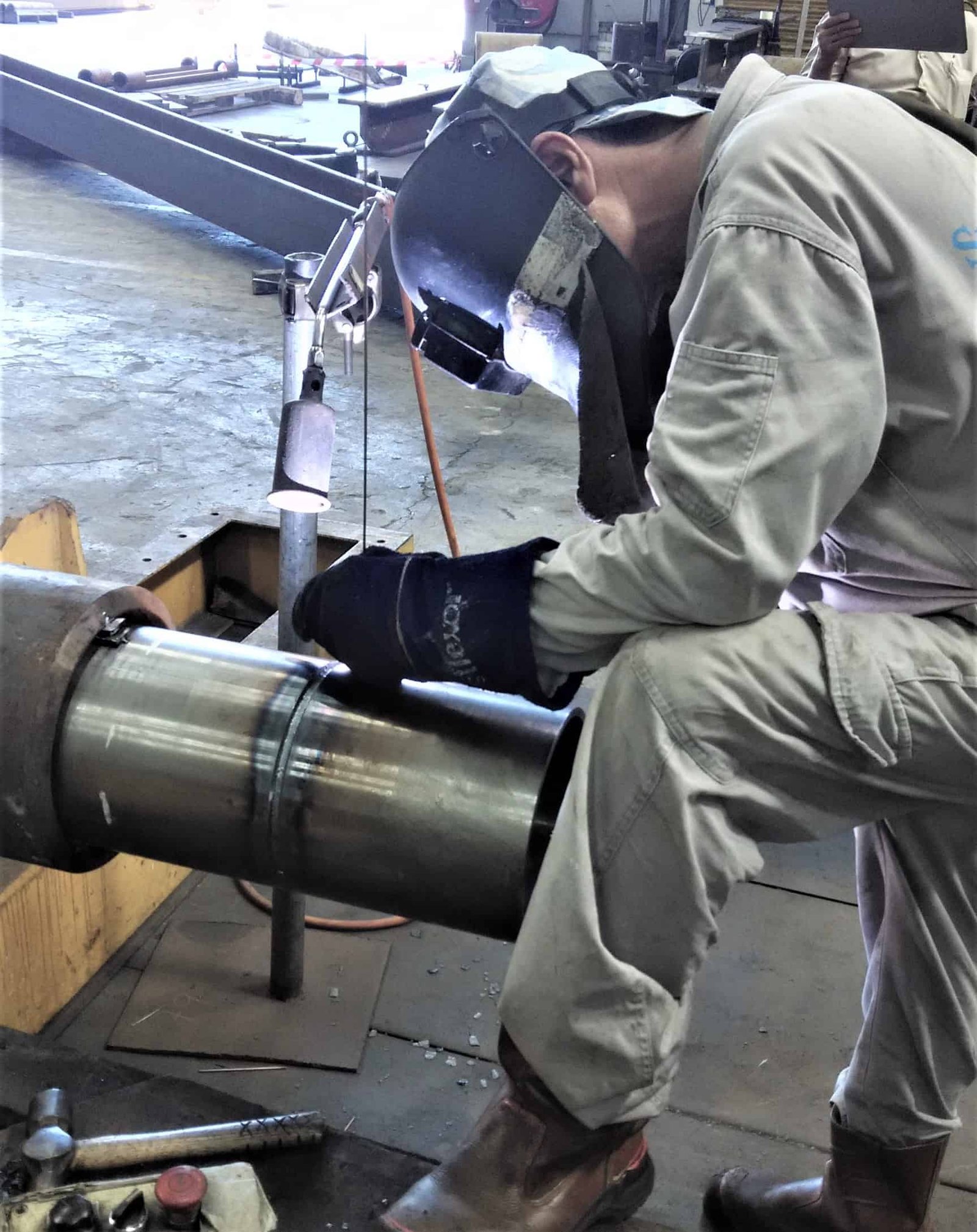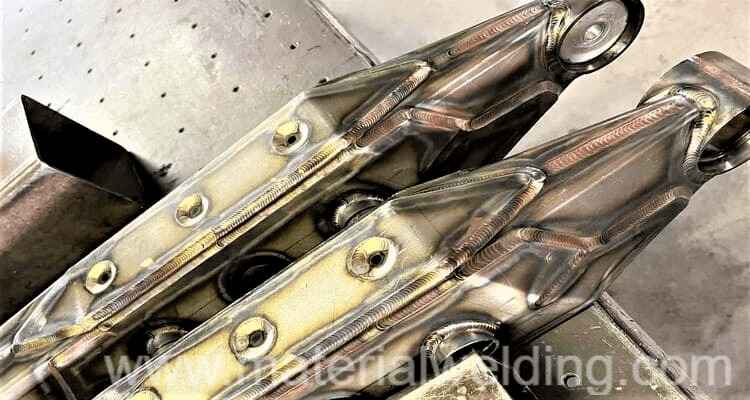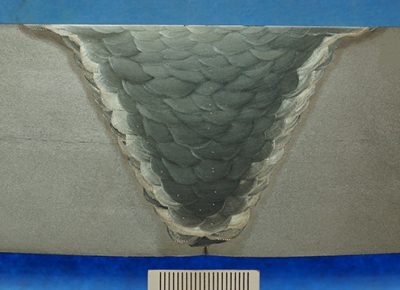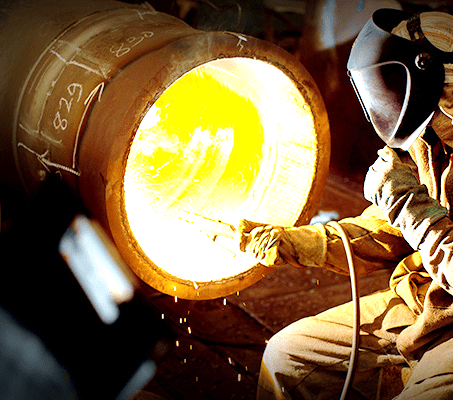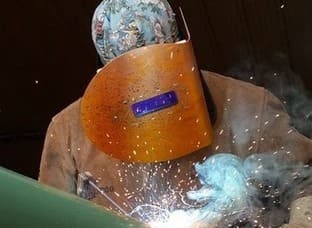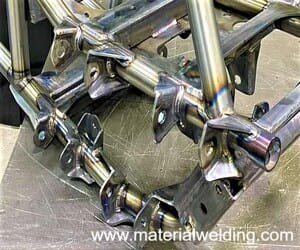Welding 4140 steel requires careful consideration and adherence to specific guidelines to ensure successful results. In this blog post, we will delve into the techniques and precautions necessary for welding this high-performance alloy.
Whether you’re a seasoned welder or a beginner looking to expand your skill set, this comprehensive guide will equip you with the knowledge to weld 4140 steel effectively.
Understanding 4140 Steel
4140 steel, also known as chromoly steel, is a low-alloy steel alloyed with chromium and molybdenum. Its high carbon content and the addition of these alloying elements provide exceptional strength-to-weight ratio, making it significantly stronger and harder than standard steels. However, welding 4140 steel requires extra care due to its medium to high carbon content.
| Element | Composition Range |
|---|---|
| Carbon (C) | 0.38 – 0.43% |
| Manganese (Mn) | 0.75 – 1.00% |
| Silicon (Si) | 0.15 – 0.35% |
| Chromium (Cr) | 0.80 – 1.10% |
| Molybdenum (Mo) | 0.15 – 0.25% |
| Phosphorus (P) | 0.035% max |
| Sulfur (S) | 0.040% max |
| Iron (Fe) | Remaining balance |
Preheating: A Crucial Step
One crucial step in welding 4140 steel is preheating. The steel is typically supplied in either the hardened and tempered condition (4140HT) or the annealed condition.
When welding, it is recommended to use the annealed condition as welding 4140HT can lead to cracking issues, even with preheating.
Stress relieving the part at a temperature less than 60F [15C] the original tempering temperature is necessary if welding 4140HT is unavoidable. Ideally, 4140HT should be avoided for standard fabrication purposes.
Steps to Weld 4140 Steel
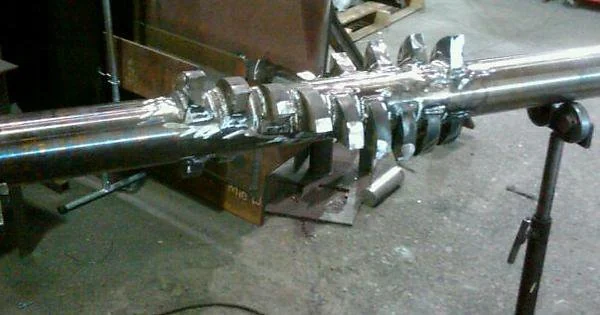
Preheat
The preheating temperature depends on the thickness of the material. Generally, preheating temperatures range from 400-500F [205 – 260C] for up to 1/2″ thickness and 600-700F [316 – 371C] for 1/2″ – 2″ thickness. While lower preheat temperatures can be used successfully, higher temperatures ensure slower cooling rates.
Select the Right Electrode
When welding 4140 steel using GTAW, GMAW, or SMAW processes, it is crucial to use a low-hydrogen electrode. ER80S-D2 is the recommended filler metal for welding 4140 steel, although ER70S-2 can also be used.
Low-hydrogen electrodes minimize the presence of diffusible hydrogen in the weld, which is especially important for medium to high carbon steels to avoid hydrogen-induced cracking.
Slow Cooling
Slow cooling is essential to prevent embrittlement and reduce the possibility of hydrogen-induced cracking. Preheating helps in achieving a slower cooling rate. Additionally, using heating blankets to ensure a controlled cooling rate is a good practice.
Best Practices and Additional Tips
- Maintain the interpass temperature at or above the preheat temperature.
- Conduct a weld test to ensure the results meet your acceptance criteria.
- When welding 4140 steel to austenitic stainless steels like 316, preheating is required for 4140 but not for 316 to prevent corrosion issues.
- For GTAW of 4140 steel, 100% argon is the recommended shielding gas, while a mix of argon and CO2 is preferred for GMAW.
- For welding 4140 to 1045 materials, a mix of 85-90% argon and the balance being CO2 is recommended for GMAW.
4140 steel post weld heat treatment
Post-weld heat treatment (PWHT) for 4140 steel is commonly performed to relieve residual stresses and improve the overall mechanical properties of the welded joint. The specific PWHT requirements may vary depending on the application and the desired properties.
Here are some common post-weld heat treatment techniques for 4140 steel:
Stress Relieving
Stress relieving is typically performed after welding to reduce residual stresses in the welded joint. The process involves heating the welded component to a temperature below the lower critical transformation temperature (around 1200°F or 650°C) and holding it at that temperature for a specific period.
The duration of the stress relieving process depends on the thickness of the material and can range from a few hours to several hours. After the holding time, the component is slowly cooled in still air or furnace to room temperature.
Normalizing
Normalizing is a heat treatment process that involves heating the welded component to a temperature above the upper critical transformation temperature (around 1600-1700°F or 870-925°C) and holding it at that temperature for a sufficient time to ensure complete transformation.
This process helps refine the microstructure and improve the mechanical properties, including hardness and toughness. After the holding time, the component is air-cooled to room temperature.
Quench and Temper
In some cases, especially when high hardness and strength are required, a quench and temper heat treatment may be employed. After welding, the component is heated to a temperature above the upper critical transformation temperature and soaked for a specific time. It is then rapidly quenched in a suitable quenching medium, such as oil or water, to achieve a martensitic structure.
Finally, the quenched component is tempered by reheating it to a temperature below the lower critical transformation temperature and holding it for a specific time. This step reduces the brittleness of the martensitic structure and improves toughness and ductility.
